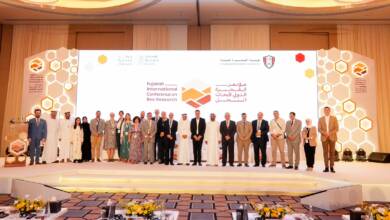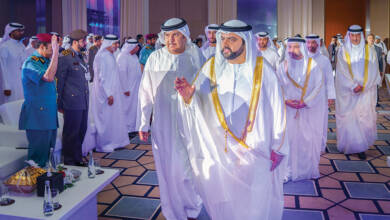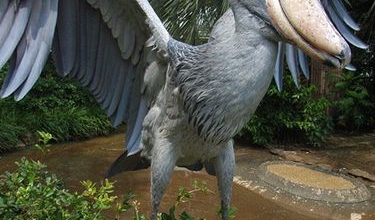UAE currency: A pocketful of history
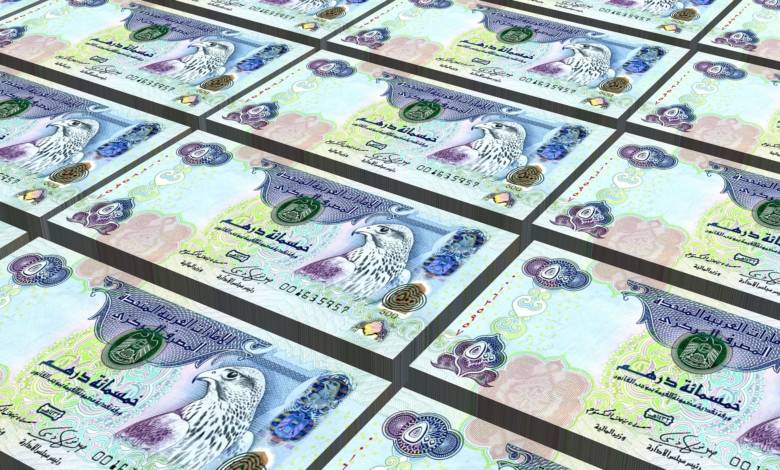
The UAE’s currency is the dirham, which is divided into 100 fils. Different denominations of the dirham notes carry fine line drawings of notable UAE landmarks.
The dirham was put into circulation in 1973 two years after the UAE was formed, when it replaced both the Bahraini dinar (favoured by Abu Dhabi) and Qatari riyal (favoured by Dubai) which had been used since 1966. For many decades previously, the emirates had used the Gulf rupee, as well the golden pound or the silver Maria Theresa dollar.
DH10: A date farm
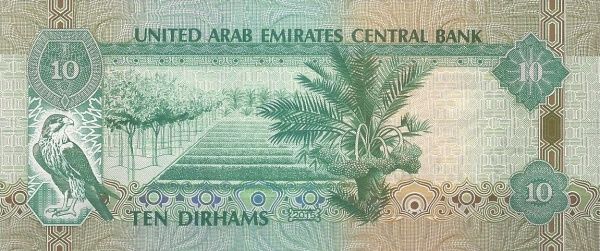
The date palm is a symbol of the history and culture of Arab society in general, and the UAE in particular, as it draw upon the deep-rooted heritage and traditions of its people. Dates have supplemented the diet of local people for over 7,000 years ago, it took a dominant role and cultivating date palms was considerate the most important form of agriculture. Date farms flourish in irrigated oases, wadi valleys, fertile plains adjoining the mountains, and in desert gardens.
DH50: Al Jahili Fort, Al Ain
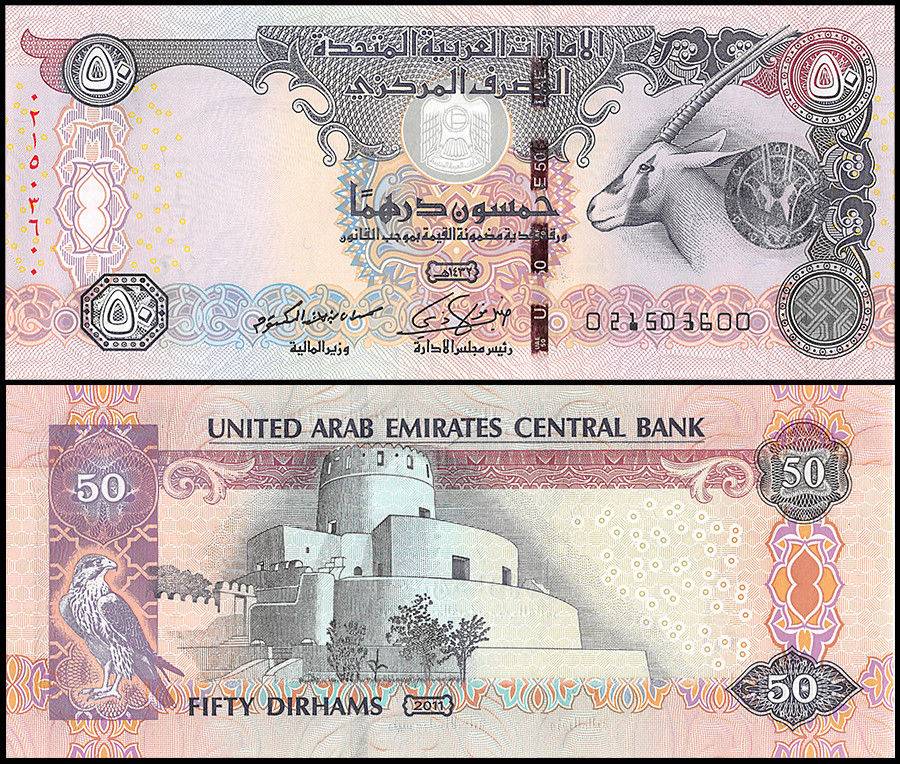
One of the country’s biggest and most famous forts, it was built during the era of Shaikh Zayed Bin Khalifa Al Nahyan (Zayed the First).
Al Jahili Fort was a royal summer residence.
Work on the fort began in 1891 under Shaikh Zayed Zayed the First and was completed in 1898.
The original part of the fort consisted of two buildings, a square fort and a separate round tower comprising four concentric tiers. The fort currently houses a permanent exhibition devoted to the explorer and traveler Mubarak Bin London (Wilfred Thesiger), who crossed the Empty Quarter twice in the 1940s, and a temporary exhibition space.


